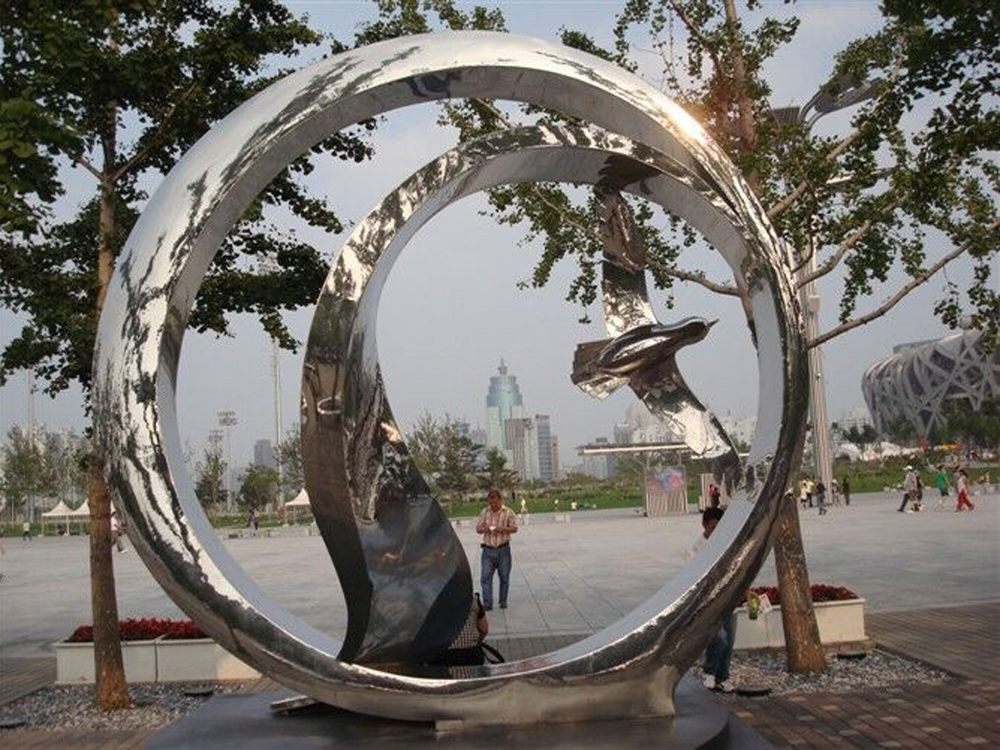
Negative space, often overlooked yet profoundly impactful, plays a pivotal role in bronze sculpture design. Artists harness this empty or open area to enhance the visual weight, balance, and storytelling of their creations. By deliberately leaving voids or gaps, sculptors guide the viewer’s eye, creating a dynamic interplay between solid form and open space.
One key technique is using negative space to evoke emotion. For instance, a bronze figure with an outstretched arm and a gap between the body and hand can suggest movement or longing. The absence of material becomes as expressive as the presence of bronze itself.
Another application is achieving compositional harmony. Negative space prevents overcrowding, allowing the sculpture to "breathe" and ensuring focal points stand out. This technique is especially vital in intricate designs, where excessive detail might overwhelm the viewer.
Light and shadow further amplify the effect. Bronze’s reflective surface interacts with negative space, casting shadows that add depth and dimension. Artists often manipulate these shadows to create illusions or emphasize contrasts, transforming static metal into a living, evolving piece.
Ultimately, negative space in bronze sculpture isn’t just emptiness—it’s a deliberate artistic choice that elevates form, meaning, and engagement. Mastery of this technique separates ordinary works from timeless masterpieces.

